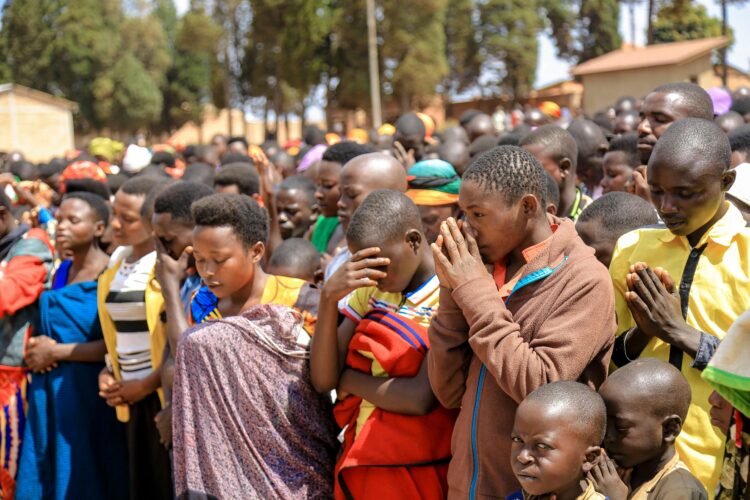Children are the future of the world. They are the ones who will carry the story of who we were and what we stood for to the next generations well beyond our departure from this world. This is what most people focus on but they forget that children are themselves, still figuring out this life thing. They too have many complicated things going on in their minds and they’re trying to figure it all out. This article is about how to deal with children in spirituality, how to teach effectively and how to maintain a safe space for them. It is important that the adults not just talk about children in spiritual practices but hold the door open for them if they wanted to partake.
We will break the ice with how to deal with children in spirituality. In most African Traditional Religions there is a key aspect and even a spirit revolving around children and the protection of them. Legba, Elegua, Lucero, etc. This is indicative of the need to be inclusive of them, not exclusionary. In order to be inclusive of the children, the atmosphere needs to be safe for children. This is the why behind so many of our rules. It is important to understand that children in spirituality are not less than by virtue of being a child, they are equals. They are people with a complete spirituality, ancestors, spirit guides and spiritual gifts just like any other person, including adults. Where they are largely lacking is in the experience department, which they will hopefully develop as they grow older and practice. This makes it so the only way in which a child is treated as lesser than is the same as with all others, based on experience. For example, A 10 year old with 5 years experience is considered to be an elder above a 40 year old with 2 years experience. In this structure you can really start to see how children are complete people too, not partial people that are still forming.
The most complicated part about children in spirituality will always be teaching them. Children are constantly in a state of learning. Their minds are inquisitive and due to being overwhelmed, their behaviors can be erratic. As adults and possibly elders in traditions, we have to be the ones willing to extend patience and grace to others that are the most needing of it in our communities. Children are in a really hard place. They are filled with all these emotions, thoughts, having all these experiences but don’t know how to deal with it. That is still even without bringing in the spiritual aspect, which complicates things further. It is widely understood that children need structure, consistency and examples. The best form of teaching is by embodying what it is you want them to learn. There is no amount of explanation that will teach as well as showing. The providing of structure makes it so they know the bounds of how and when to move and what to do. The consistency helps them internalize these teachings because the repetition helps them view things from different angles and in different ways. If you hold to those three pillars while also remembering to give children grace to get a hold of this whole new world, they will learn quite effectively. These pillars are also extremely effective on adults, setting a golden standard for all.
Maintaining a safe space for children is vital to their growth, not just spiritually but in all aspects. In so many cases of people we consult we see grown adults with spiritual gifts that they have had since childhood but their parents did not nurture those gifts and instead pushed back on them saying they were the child’s imagination or simply did not happen. These experiences over the course of years can lead the child to ignore their own gifts and as an adult struggle to reconnect. Once they finally do, they feel this sense of lost time. It is also worth noting that this is one of the main factors behind why in most African Traditional Religions, there is no connection between spirituality and sexuality. The risk of children being abused by those who should be protecting them is too great. Once again, all of these things also apply to adults, without issues. The same risk children have, adults who are newer would have when sexuality and spirituality are intertwined in these traditions. In providing a safe space for children, we provide a safe space for all others. A safe space should be structured and based on equality, empathy and trust. Children should be regarded as equals in a spiritual sense because their spirituality can easily outweigh even that of many adults. One has to empathize with the members of their communities, even the young, if they wish to truly create a safe space. The final pillar is trust and without trust, there is nothing. It is critical that we stress the trust portion. If children cannot trust their surroundings, they will not grow, learn or participate in their spiritual path.
All of these things can be easily stated but application is always much more complicated than making statements. One has to understand that nobody is perfect, we are all figuring out life at every stage of life. Even the elders are learning how to be elders as they go. While we may know pillars and concepts, putting them in place can be a struggle and it is okay to make mistakes as long as we learn from them and continue to improve and grow.
